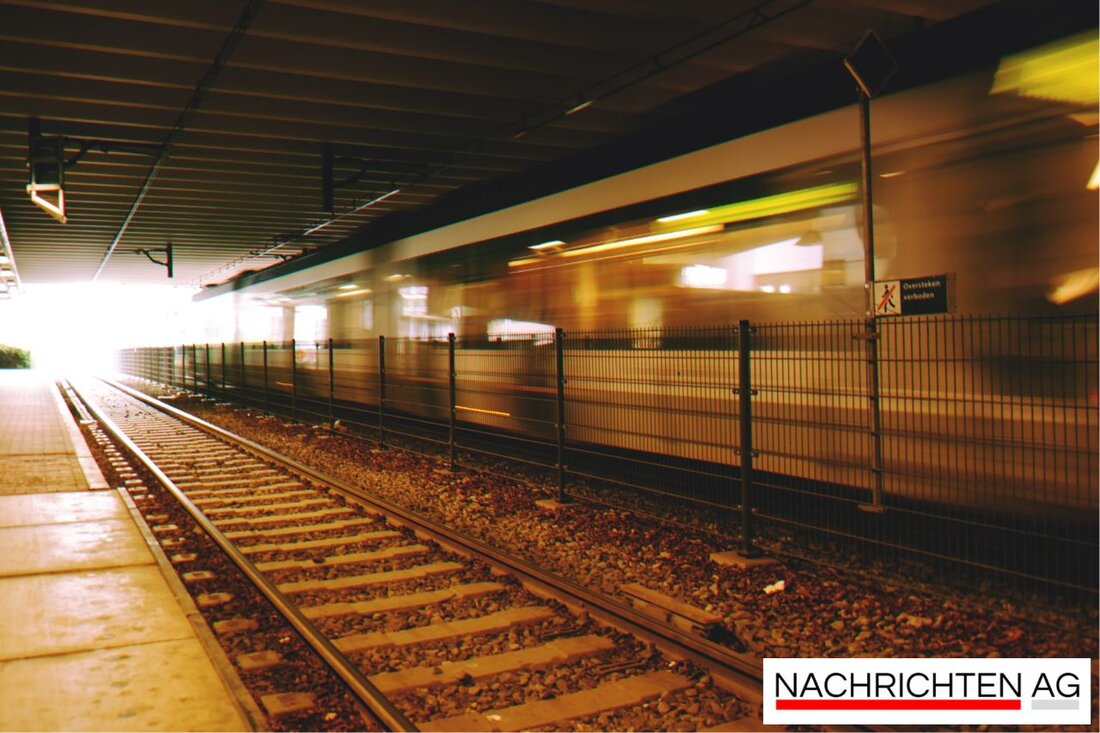Garbage chaos in the center of Berlin: Strict measures against littering!
Mitte district office provides information about increasing waste pollution through events and measures to reduce littering.

Garbage chaos in the center of Berlin: Strict measures against littering!
The increasing pollution of public spaces in Berlin-Mitte has drawn the attention of the District Councilor for Order, Environment, Nature, Streets and Green Spaces, Christopher Schriner. Small and packaging waste accumulates, especially during major events, which causes both ecological and aesthetic problems. Cigarette butts, food packaging, bottle caps and bottles are the most common types of waste, resulting in a high demand for time-consuming and costly disposal, as berlin.de reports.
In addition to the challenges caused by such accumulations of waste, there is a clear connection to the increase in the number of users in green spaces and city centers. After the corona-related restrictions were relaxed, the amount of waste increased significantly, as the Federal Environment Agency documented in its study. A particularly worrying phenomenon that occurs is “littering”. It is the careless disposal of waste, which continues to be an acute problem.
Measures against garbage and littering
The Mitte district office issued regulations for special uses in 2007 in order to actively counteract the waste problem. As a result of a special ban, mobile trading can no longer be carried out in isolated cases in the historic center of the district. The geographical boundaries of this regulation extend from the television tower to the Tiergarten S-Bahn station in an east-west direction and from the main train station to the Landwehr Canal in a north-south direction. The affected areas include the government district, the Straße des 17. Juni, the Brandenburg Gate and the Großer Tiergarten. Violations can result in fines of up to 10,000 euros, and even in green areas the fine can be up to 5,000 euros.
In addition, the results of the Federal Environment Agency show that 58% of the experts surveyed have observed an increase in littering in the last five years. A key issue is waste such as plastic/composite materials, which have increased significantly in recent years. A survey shows that 75% of litter is cigarettes, followed by disposable drink cups and chewing gum. In order to combat this situation, not only citywide but also nationwide measures are required.
Current situation and outlook
According to the statistics on waste generation provided by destatis.de, plastic waste remains a central issue. This waste is classified as “mixed packaging/recyclables” and is the focus of many municipal disposal strategies. The EU's Waste Framework Directive, on the other hand, requires municipalities and states to take measures to reduce littering.
More than 75% of the experts point out that there is still a need for action. Awareness-raising and educational measures, strengthening reusable and deposit systems, and optimizing product design are crucial steps to sustainably reduce the waste problem. Overall, it should be noted that the problem is not the sole responsibility of cities and municipalities; rather, it requires joint action at various levels.

 Suche
Suche
 Mein Konto
Mein Konto
